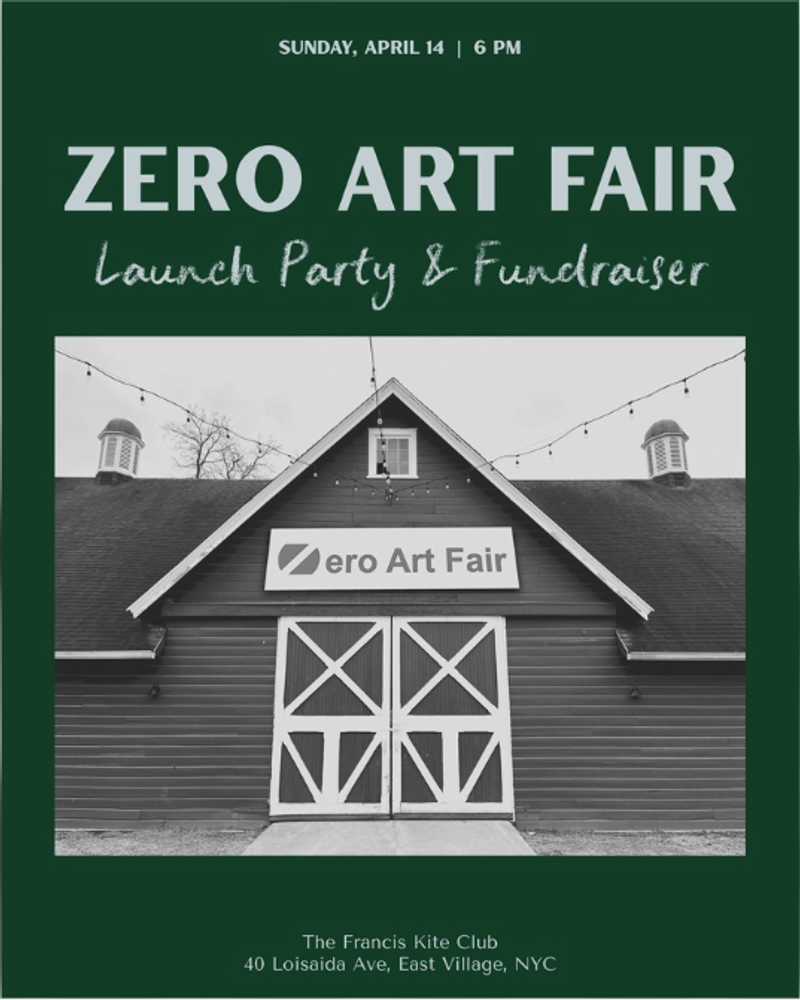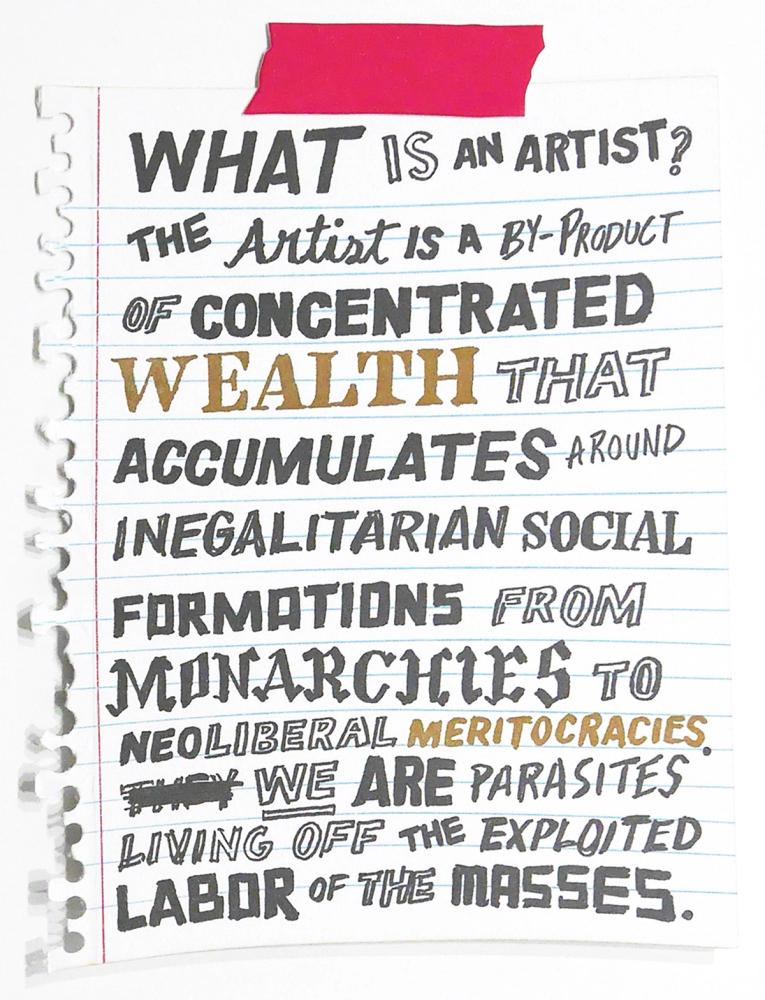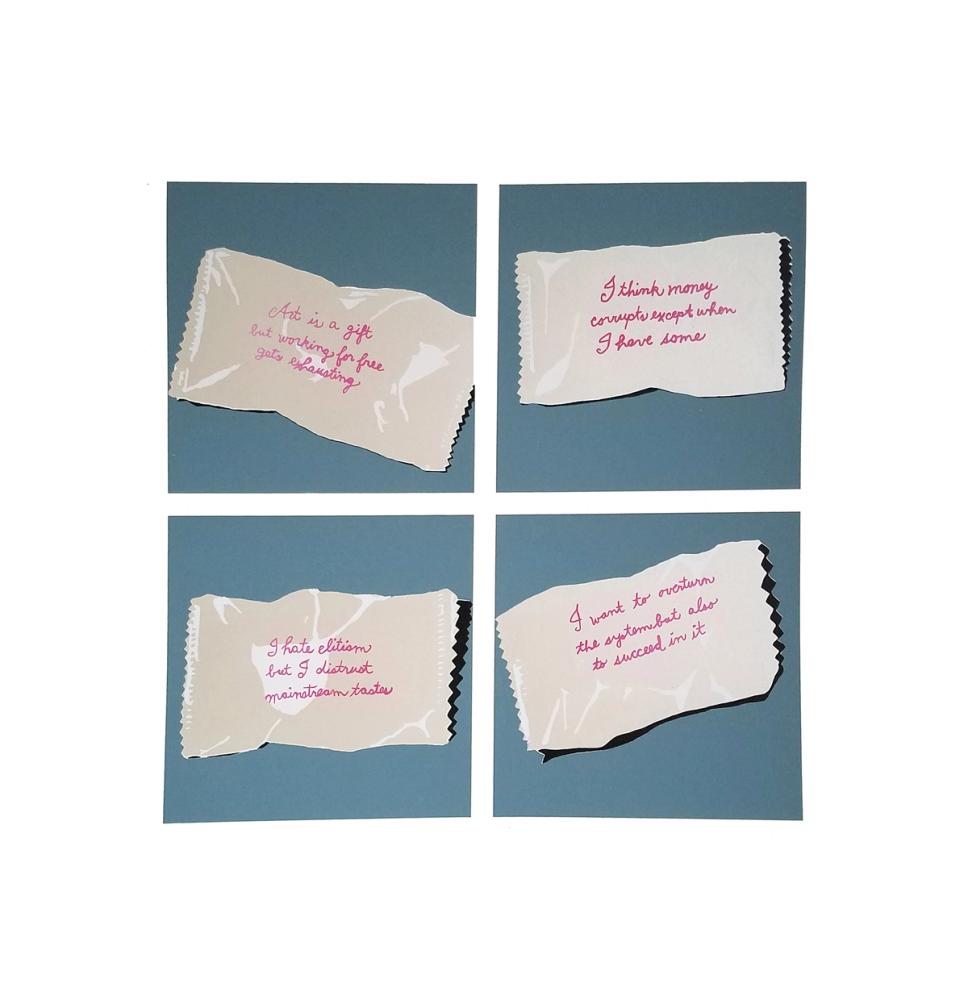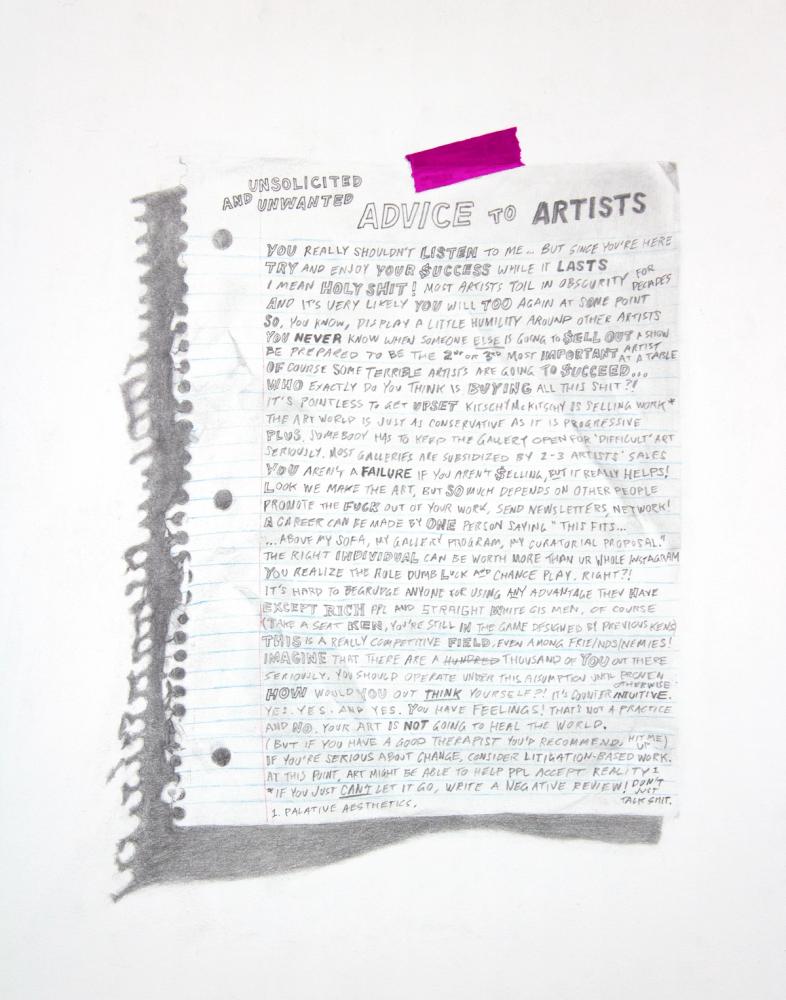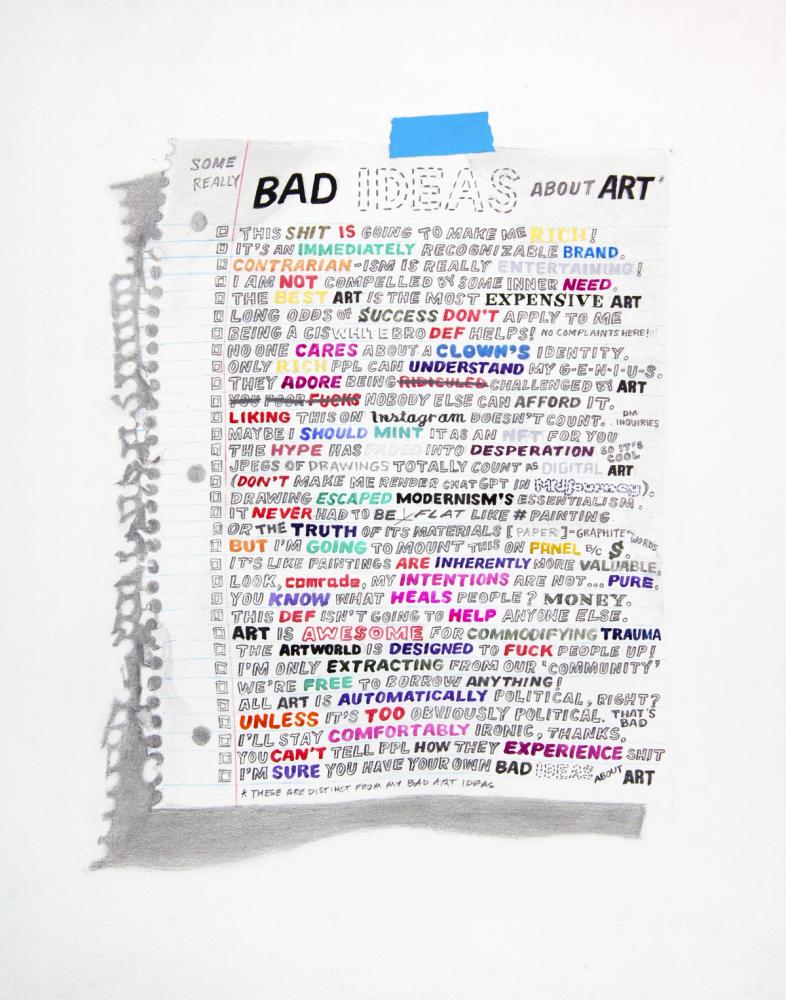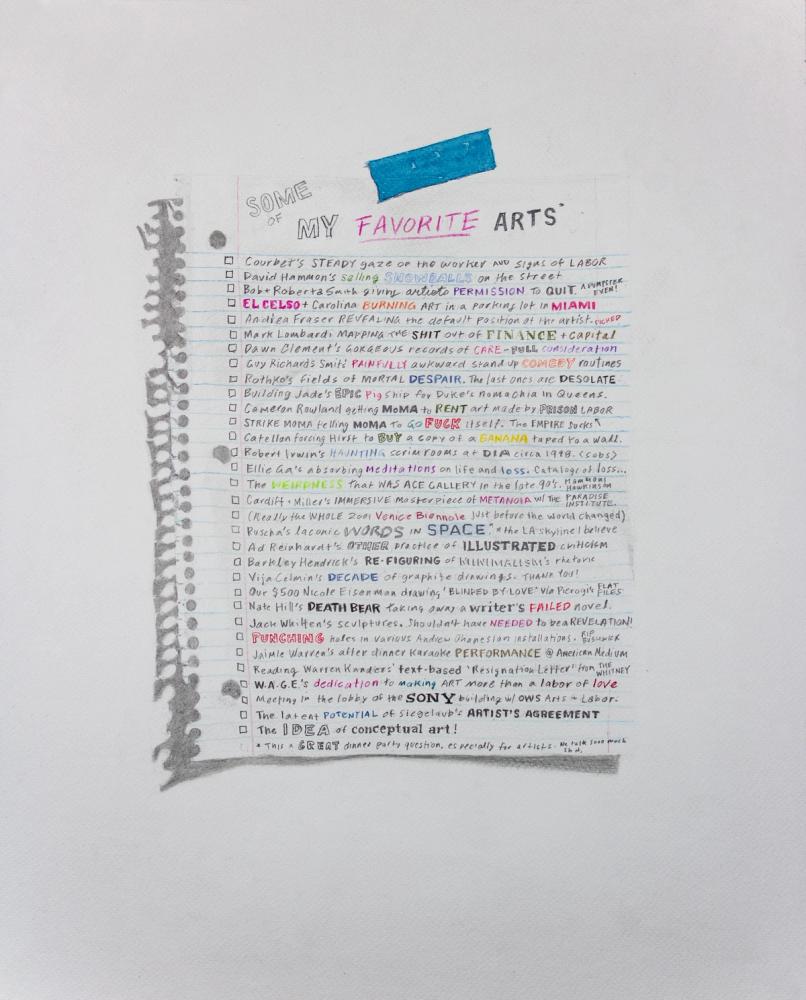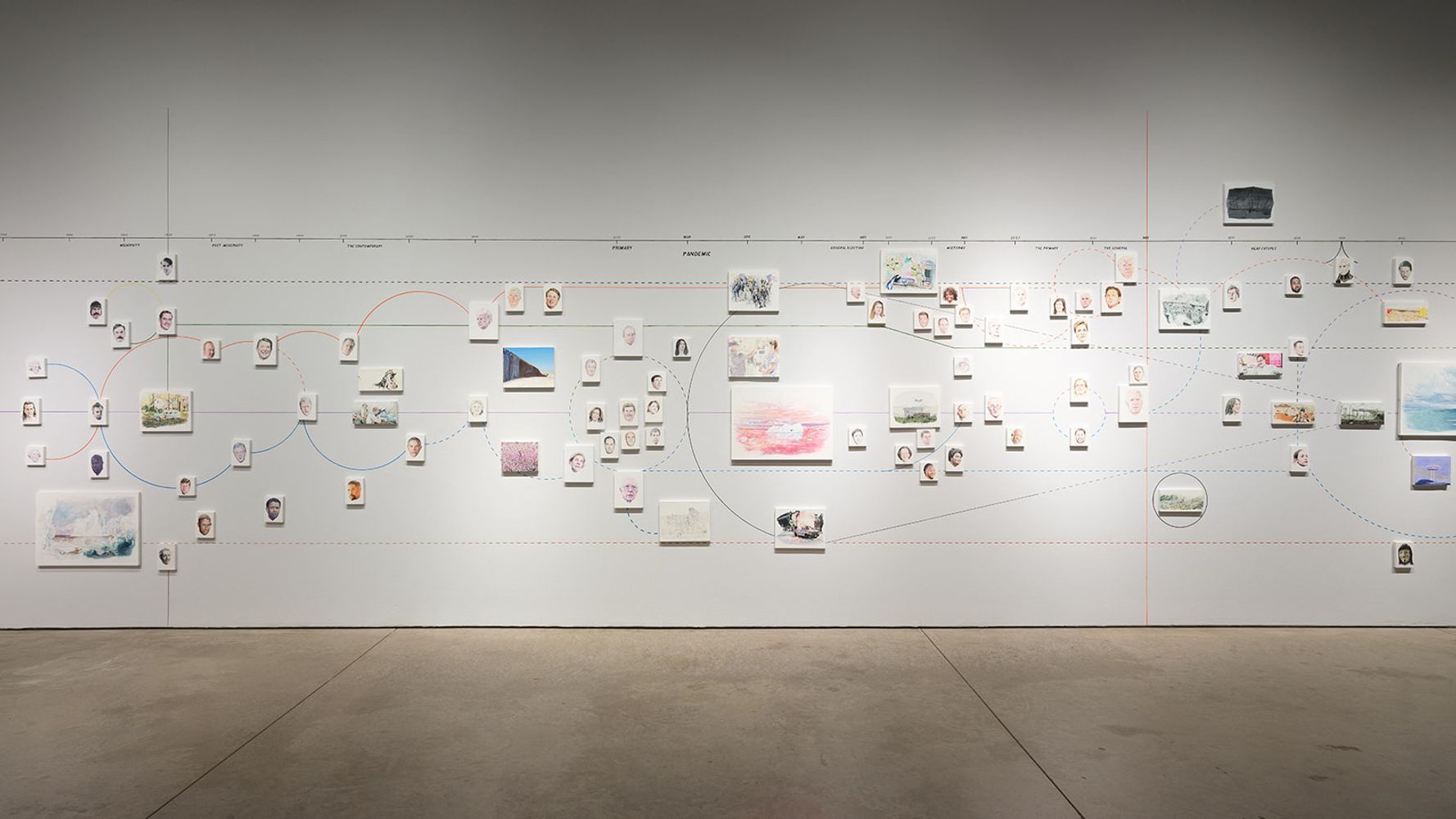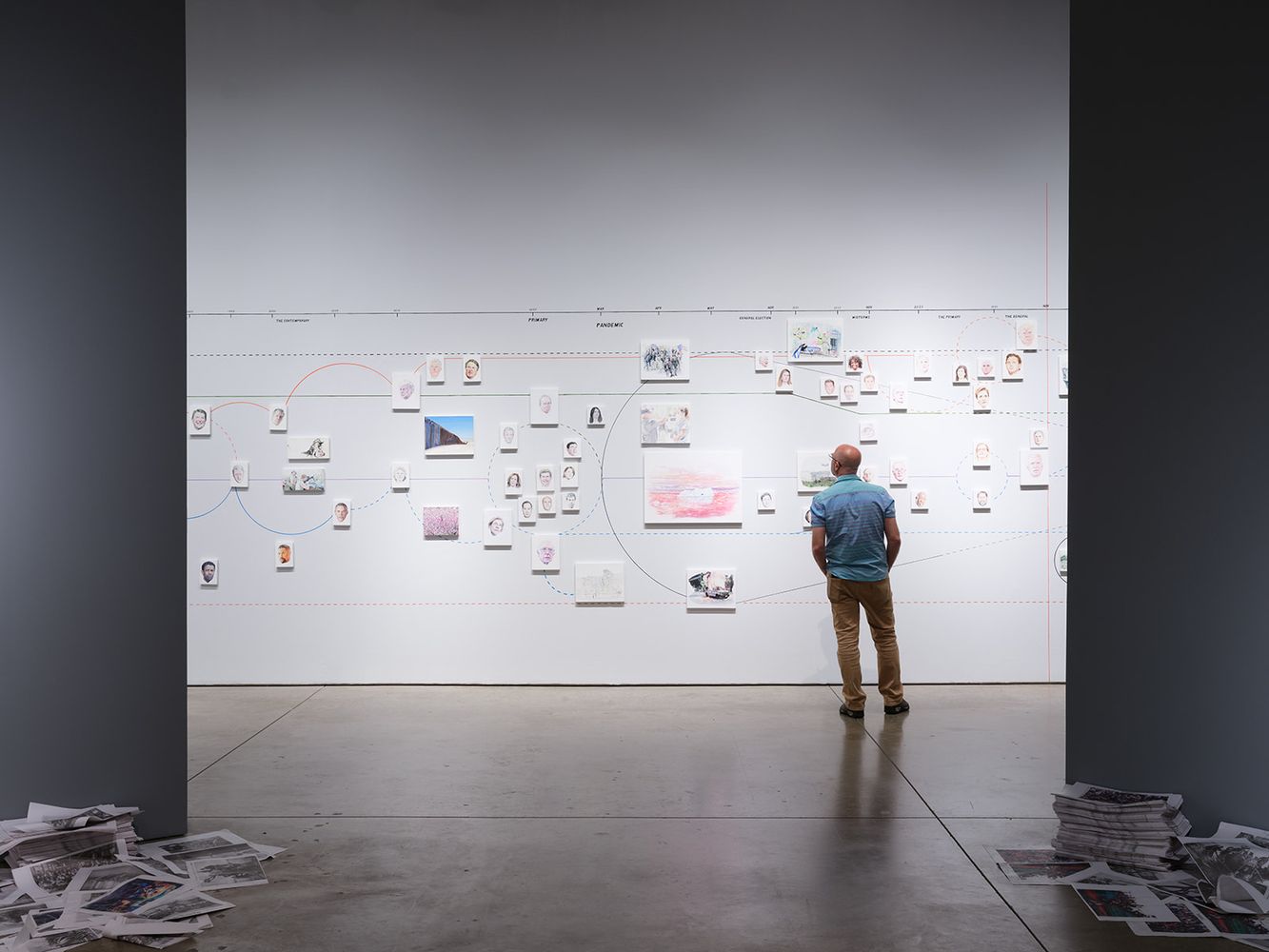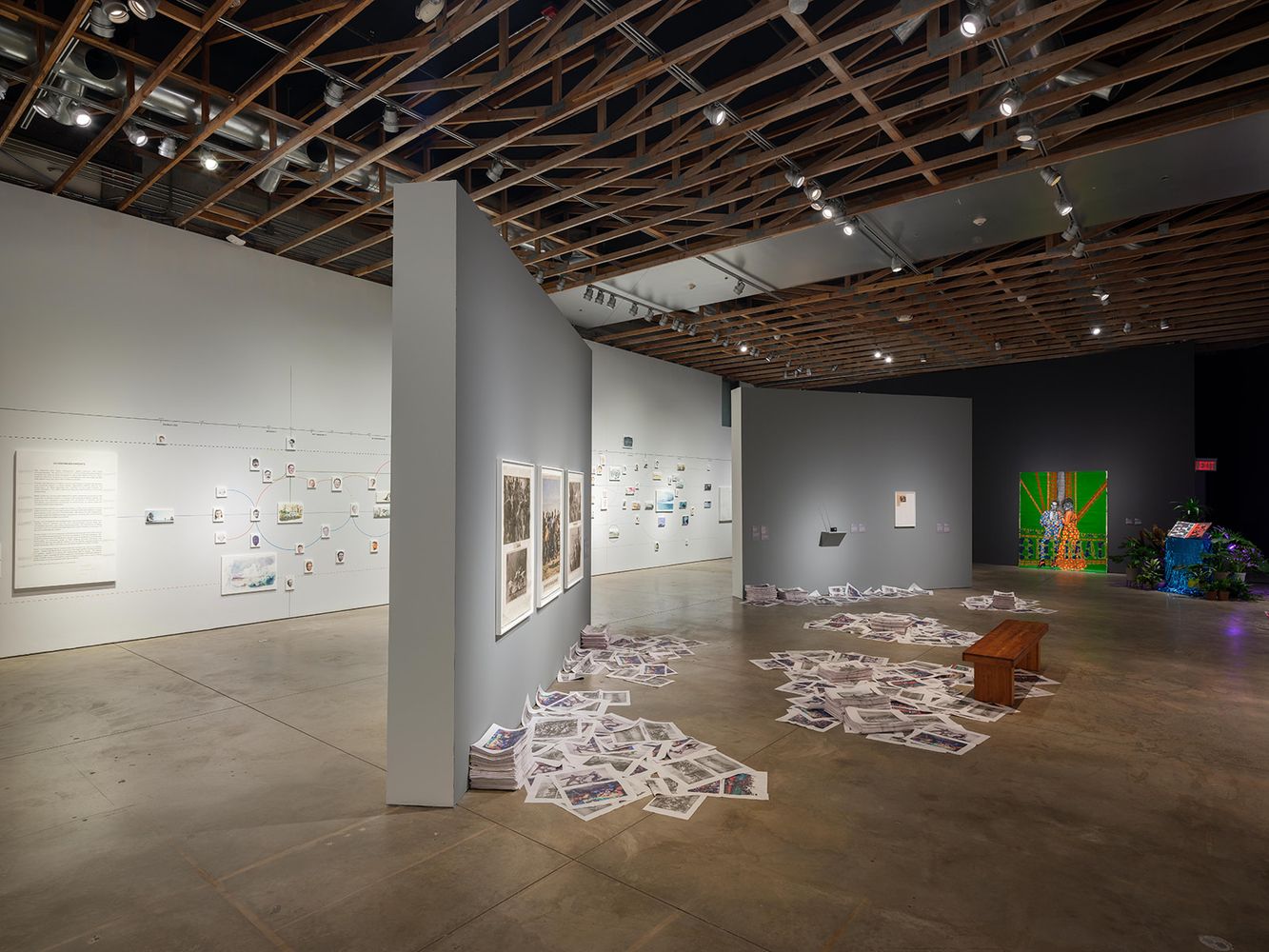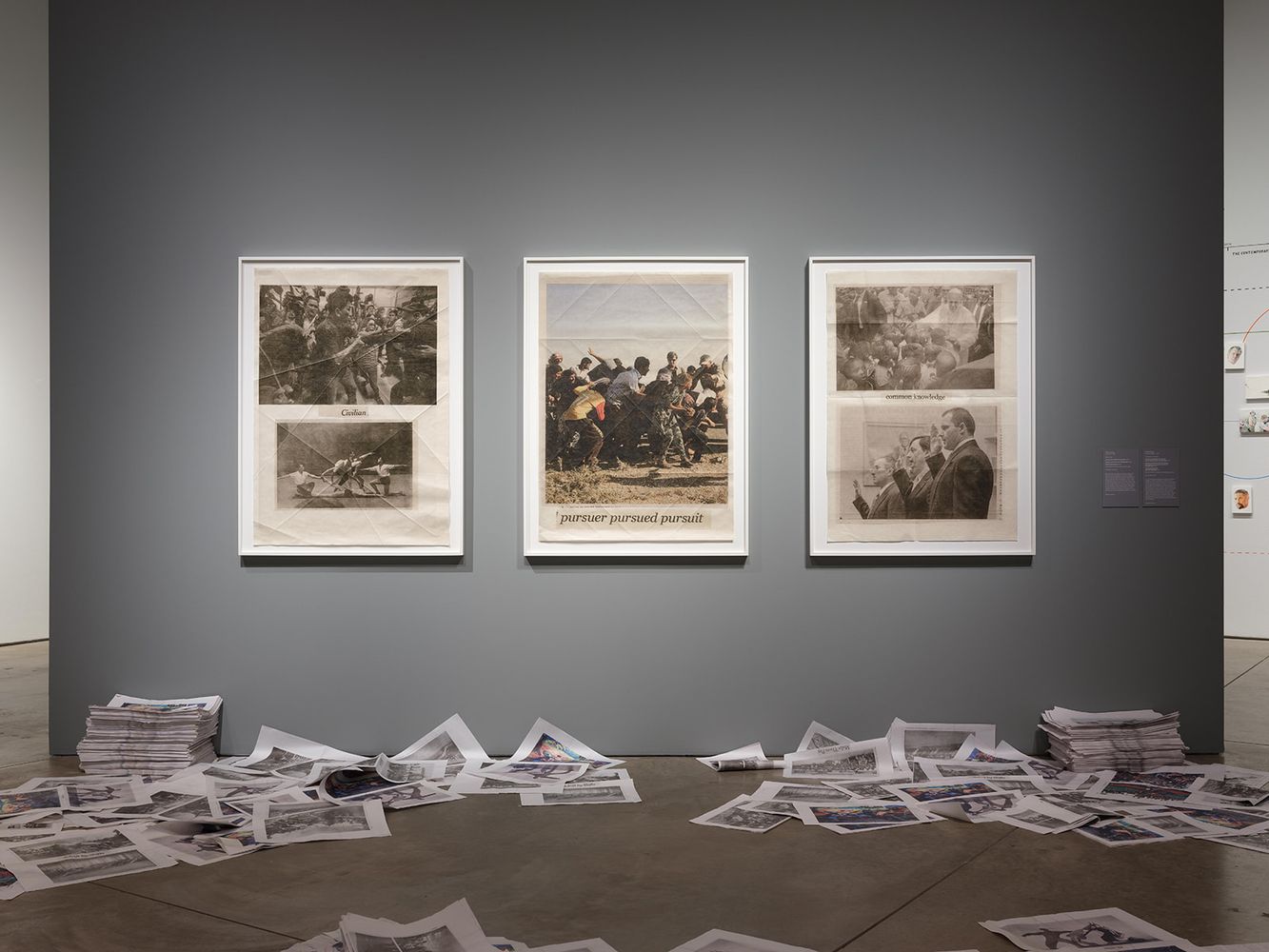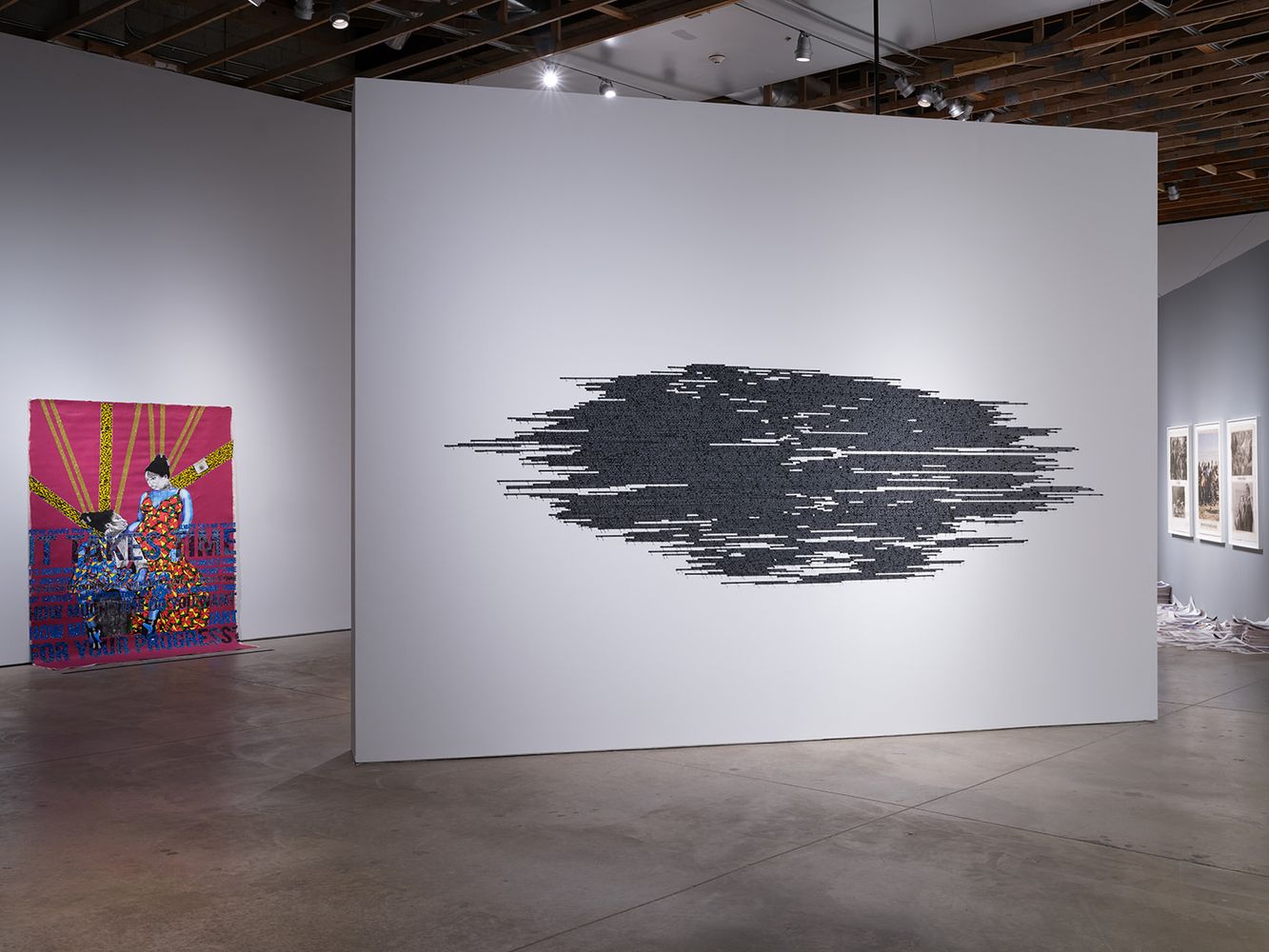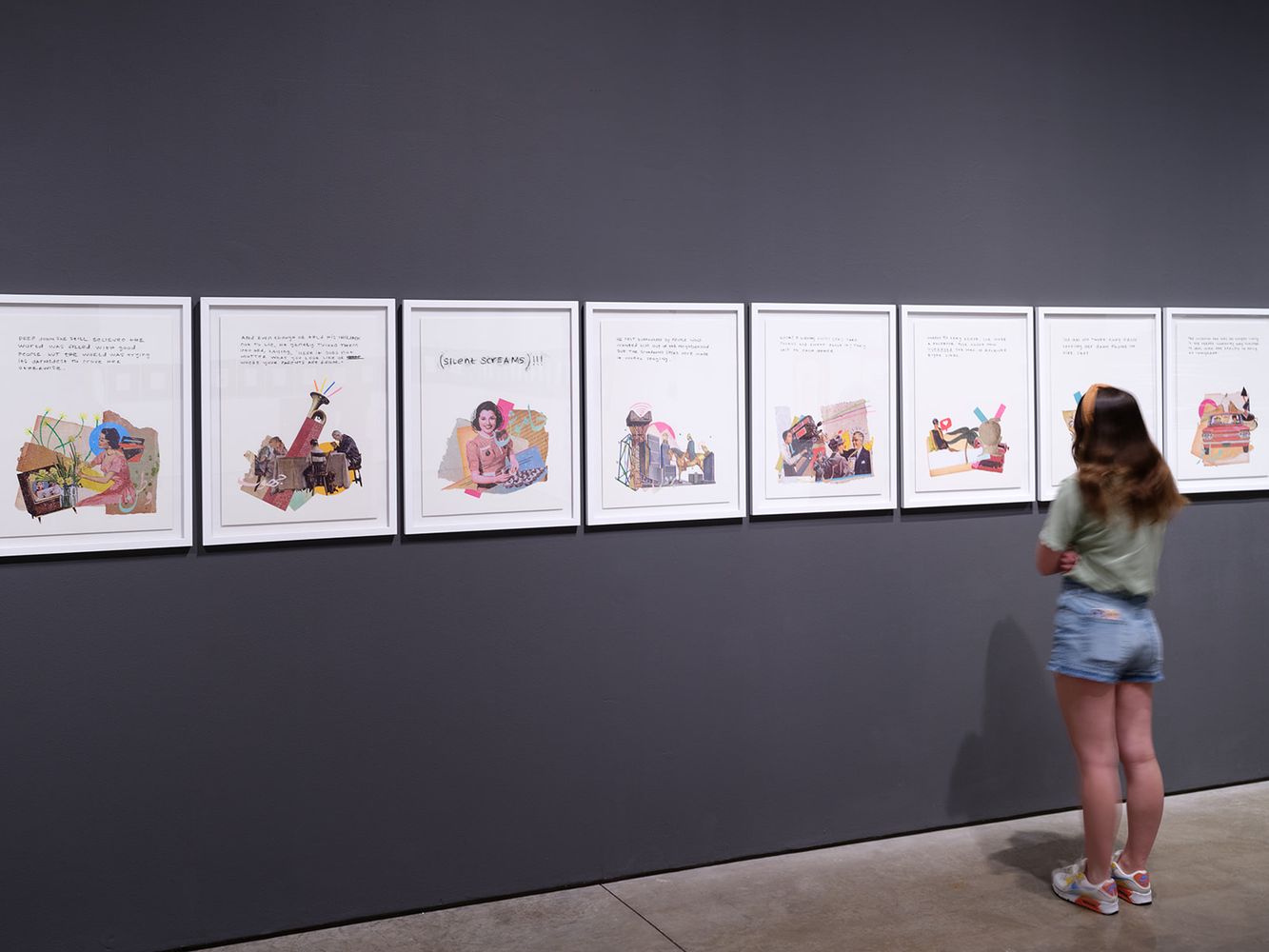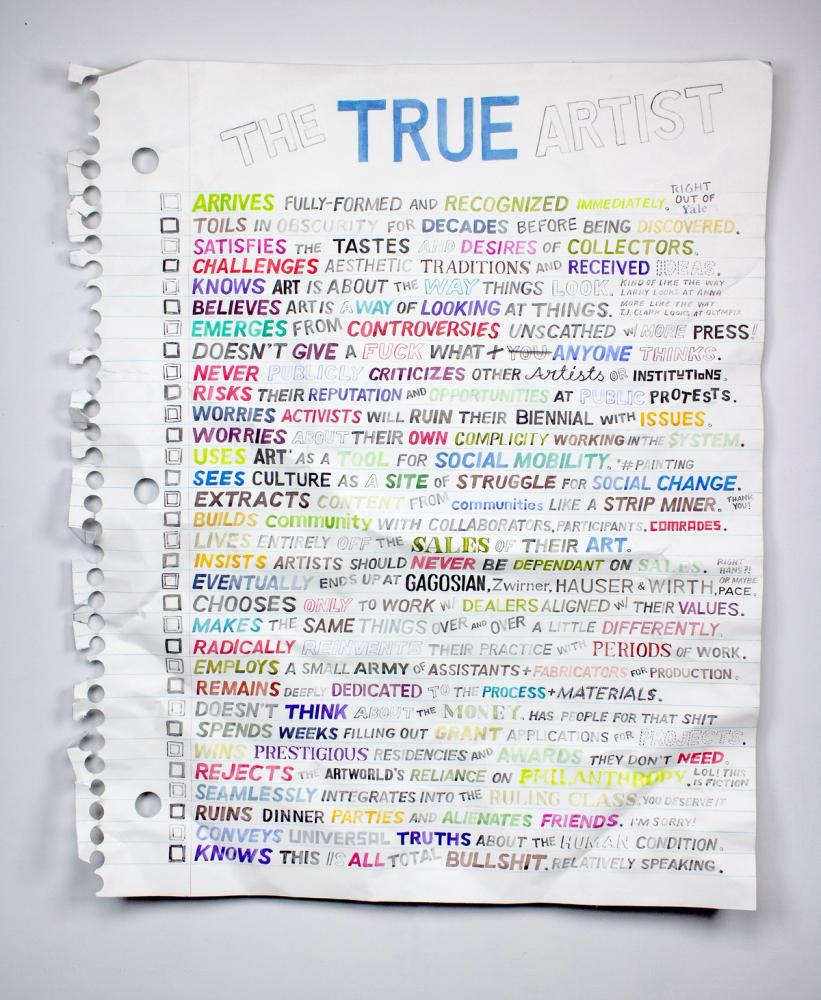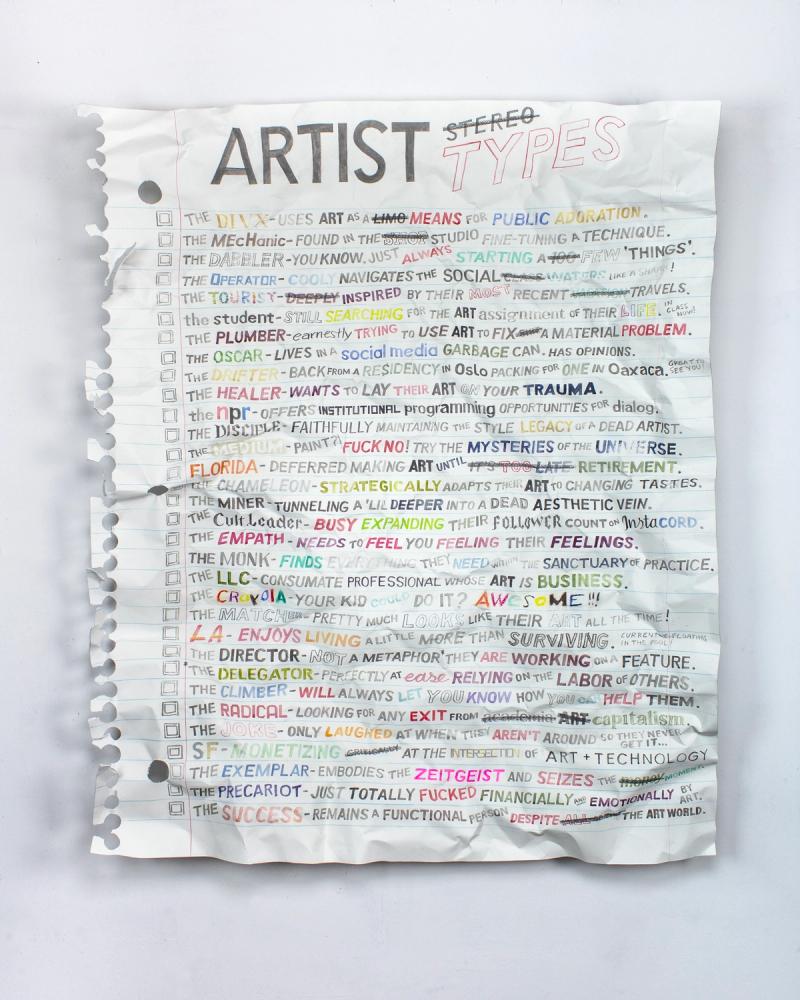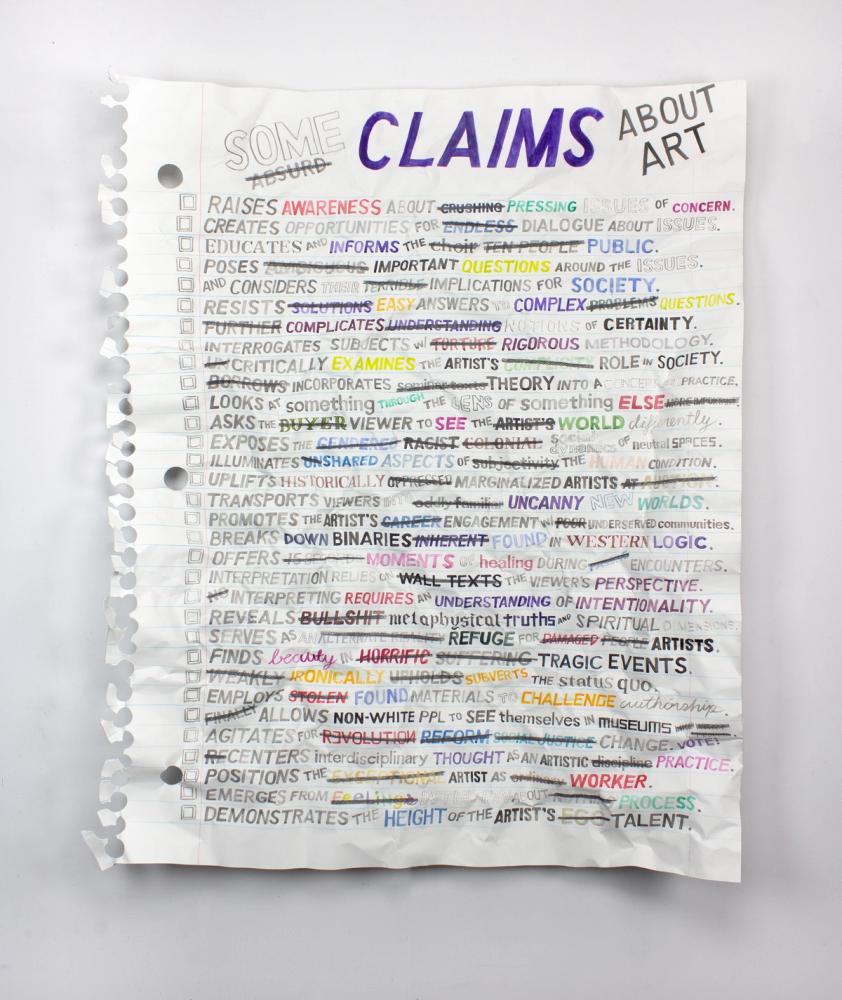Zero Art Fair is coming back for a second edition in July at The Flag Foundation in Chelsea. The second iteration of the fair is currently accepting applications during our open call until April 18th (or 400 applications are reached). We’ve built a new website for artists to register an account and submit images for our curatorial team to review. We hope to accept approximately 100 artists for the fair that will open July 8th with a 3-day preview exhibition open to the public. During that period, the works will be available for sale at the retail prices declared by the artists. We facilitate direct sales between the artist and the collector, but are not involved in the sale or take a commission, although we ask artists to consider contributing 10% of the sale to support further development of the fair. This year, we were able to create the new website with support from an individual donor who contributed funds last year.
While the fair will operate similarly to our first edition in Elizaville, but this year with the change in venue, we will be prioritizing access to the 2-day fair, July 11 - 12, to people who normally cannot afford to buy art. Visitors who would like to take home a work using our contract will have to register and tell us if they fall into one of three categories:
I can help others afford to live with art.
I can normally afford to purchase art.
I need help to live with art.
This process will rely on the honor system and the fact that all collectors' names will be listed in our public database after the fair. We hope that collectors and art lovers who have the financial means will buy art, rather than take advantage of the generosity of artists willing to let some of their inventory out in the world. This access will be progressive and proportional based on the number of visitors who request a ticket, and reflects our efforts to get the available works into the lives and homes of people who are priced out of the art market.
The 2025 edition of the fair is co-sponsored by our host, The FLAG Foundation, and Gagosian. The funding this year comes from two sources, a non-profit art space and a commercial gallery. We are grateful that we do not have to raise money this year by fundraising with our own print editions or asking for help from our community of friends and supporters. We will also not have to offer early access to work for donors of $500 or more and can prioritize access to those who need the most help. Zero Art Fair is an ongoing experiment that relies on the potential value of artwork in the market should future sales and re-sales occur. While our goal is to free art from storage and get it out into the world to be experienced, it does not assume the work has zero economic value.

